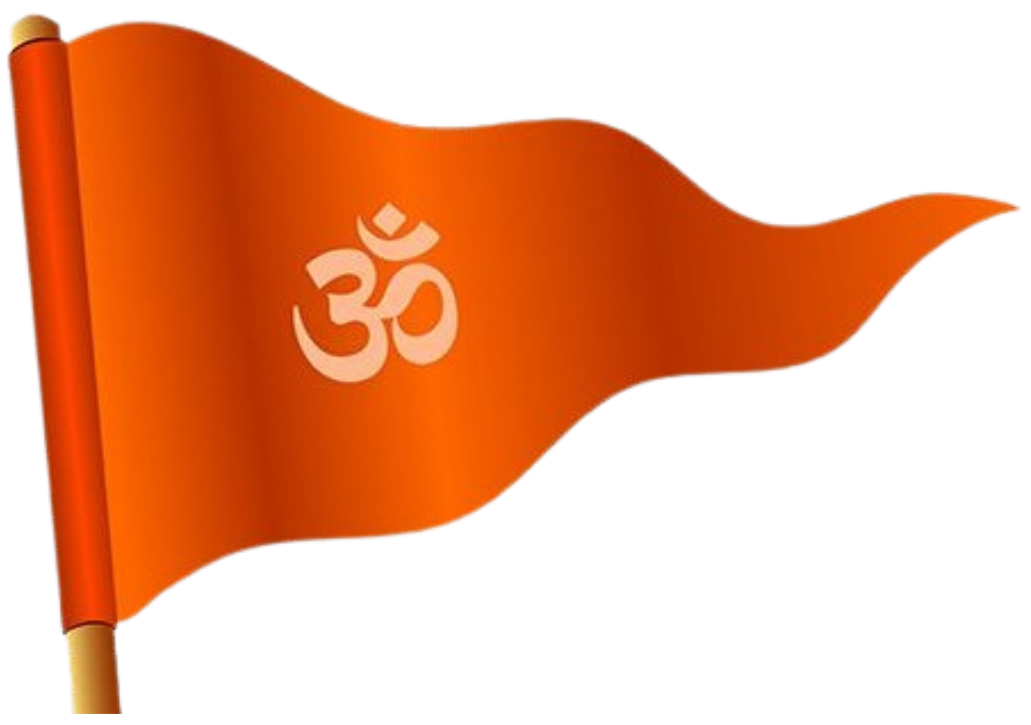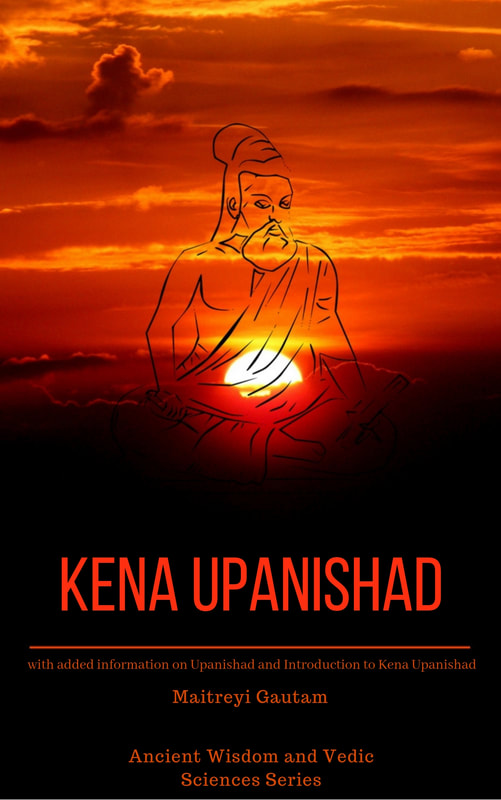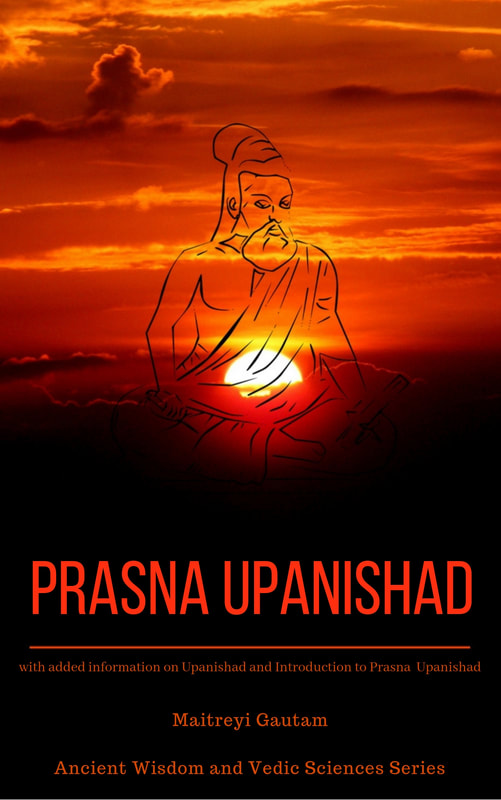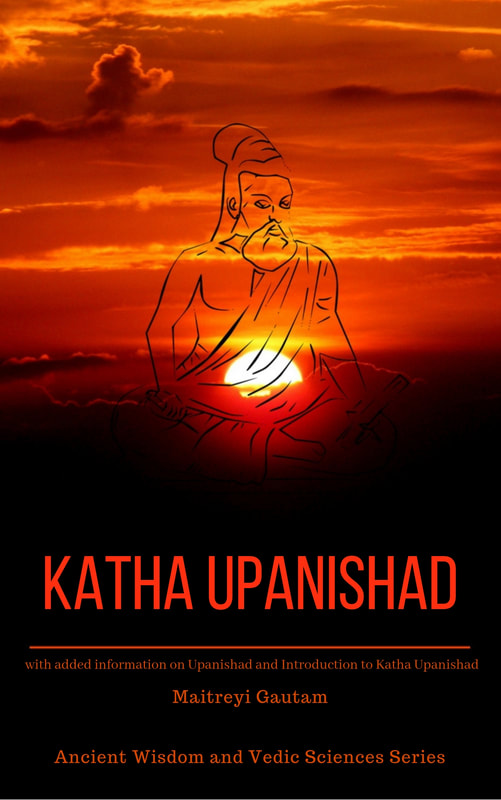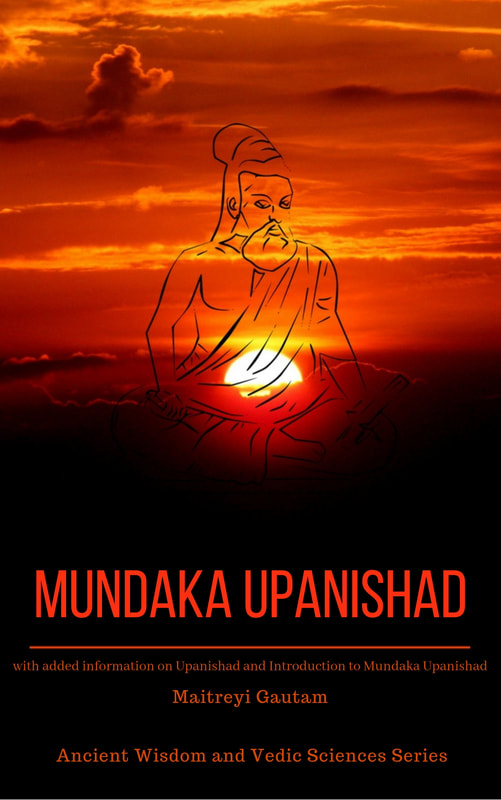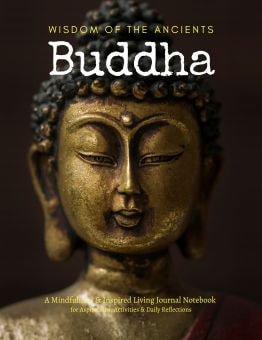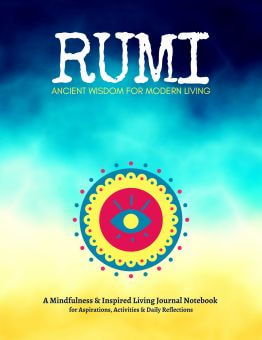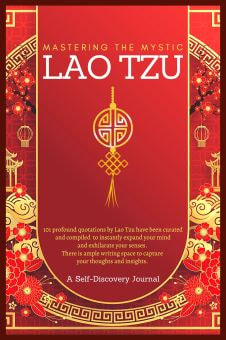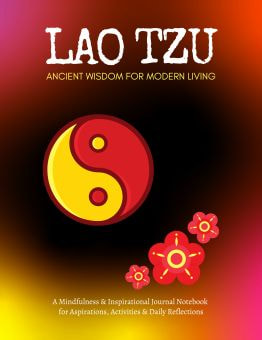| Ganga Jayanti is a significant festival that marks the descent of the sacred river Ganga from the heavens to the Earth. This auspicious occasion holds a special place in the hearts of devotees who revere the river as a manifestation of the divine and as a symbol of purity, life, and spiritual salvation. Celebrating Ganga Jayanti allows devotees to pay homage to the sacred river, seeking its blessings for purification, healing, and spiritual growth. Ganga Jayanti, also known as Ganga Saptami or Ganga Pujan, is observed on the seventh day (Saptami) of the Shukla Paksha (the waxing phase of the | |
moon) in the Hindu month of Vaishakha, which typically falls in April or May according to the Gregorian calendar.
The festival commemorates the day when the divine river Ganga descended from the heavens to the Earth, answering the prayers of King Bhagiratha and bringing relief to his ancestors.
The festival commemorates the day when the divine river Ganga descended from the heavens to the Earth, answering the prayers of King Bhagiratha and bringing relief to his ancestors.
Discrepancy between Ganga Saptami and Akshaya Tritiya
It needs to be noted that many people pay homage to the divine river Goddess Ganga on the day of Akshaya Tritiya and believe that Akshaya Tritiya is the day that she descended to earth.
Akshaya Tritiya typically falls four days before Ganga Saptami. This is probably one of those scenarios where there is immense confusion around 'when' a specific event occurred. Many a times our timing-knowledge of an incident arises from references mentioned in several ancient texts and then corelating them in a cohesive way.
Also, we need to keep in mind that many of these ancient stories are symbolic in their meaning and sequence of events.
It is very possible that Akshaya Tritiya is the day that the divine mother Ganga agreed to descend to earth. But by the time, it was arranged for her flow to be curbed by diverting her flow thru Lord Shiva's hair-locks, her actual day of arrival to our earth plane is the day of Ganga Saptami. This is why Ganga Saptami is celebrated as the day of her 'birth' on earth, as Ganga Jayanti.
Akshaya Tritiya typically falls four days before Ganga Saptami. This is probably one of those scenarios where there is immense confusion around 'when' a specific event occurred. Many a times our timing-knowledge of an incident arises from references mentioned in several ancient texts and then corelating them in a cohesive way.
Also, we need to keep in mind that many of these ancient stories are symbolic in their meaning and sequence of events.
It is very possible that Akshaya Tritiya is the day that the divine mother Ganga agreed to descend to earth. But by the time, it was arranged for her flow to be curbed by diverting her flow thru Lord Shiva's hair-locks, her actual day of arrival to our earth plane is the day of Ganga Saptami. This is why Ganga Saptami is celebrated as the day of her 'birth' on earth, as Ganga Jayanti.
This is how the divine river Goddess Ganga descended from the heavens to earth...
The story of Ganga Jayanti is steeped in ancient Vedic (Hindu) mythology and has its roots in the Puranas. King Bhagiratha, a righteous ruler and a devoted worshipper of Lord Shiva, sought to liberate his ancestors from a curse that had left them wandering as restless spirits.
To achieve this, he performed intense penance to bring the divine Ganga to Earth, hoping that her sacred waters would cleanse and purify his ancestors' souls, granting them salvation.
Moved by King Bhagiratha's devotion, Lord Brahma granted his request, but there was a concern that the immense force of Ganga's descent would wreak havoc on Earth. To mitigate this issue, Bhagiratha prayed to Lord Shiva, who agreed to bear the impact of Ganga's fall on his matted locks, gently releasing her waters onto Earth.
With this divine intervention, Ganga flowed upon the Earth, purifying the souls of Bhagiratha's ancestors and bringing life and fertility to the lands she touched.
To achieve this, he performed intense penance to bring the divine Ganga to Earth, hoping that her sacred waters would cleanse and purify his ancestors' souls, granting them salvation.
Moved by King Bhagiratha's devotion, Lord Brahma granted his request, but there was a concern that the immense force of Ganga's descent would wreak havoc on Earth. To mitigate this issue, Bhagiratha prayed to Lord Shiva, who agreed to bear the impact of Ganga's fall on his matted locks, gently releasing her waters onto Earth.
With this divine intervention, Ganga flowed upon the Earth, purifying the souls of Bhagiratha's ancestors and bringing life and fertility to the lands she touched.
How devotees celebrate Ganga Jayanti
On Ganga Jayanti, devotees gather along the banks of the sacred river to perform rituals, prayers, and ablutions, seeking the purifying and healing properties of its waters. Many people also observe a day-long fast and participate in charitable activities as a way of honoring the divine river.
In homes and temples, special pujas (prayer rituals) are conducted, and hymns and devotional songs praising Ganga are sung, invoking her blessings for spiritual growth and enlightenment.
Ganga Jayanti serves as a reminder of the divine grace that flows through the sacred river Ganga and the transformative power of faith and devotion. By celebrating this festival, devotees seek to purify their minds and souls, drawing strength from the sacred waters to lead a life of righteousness, compassion, and spiritual awakening.
In homes and temples, special pujas (prayer rituals) are conducted, and hymns and devotional songs praising Ganga are sung, invoking her blessings for spiritual growth and enlightenment.
Ganga Jayanti serves as a reminder of the divine grace that flows through the sacred river Ganga and the transformative power of faith and devotion. By celebrating this festival, devotees seek to purify their minds and souls, drawing strength from the sacred waters to lead a life of righteousness, compassion, and spiritual awakening.


